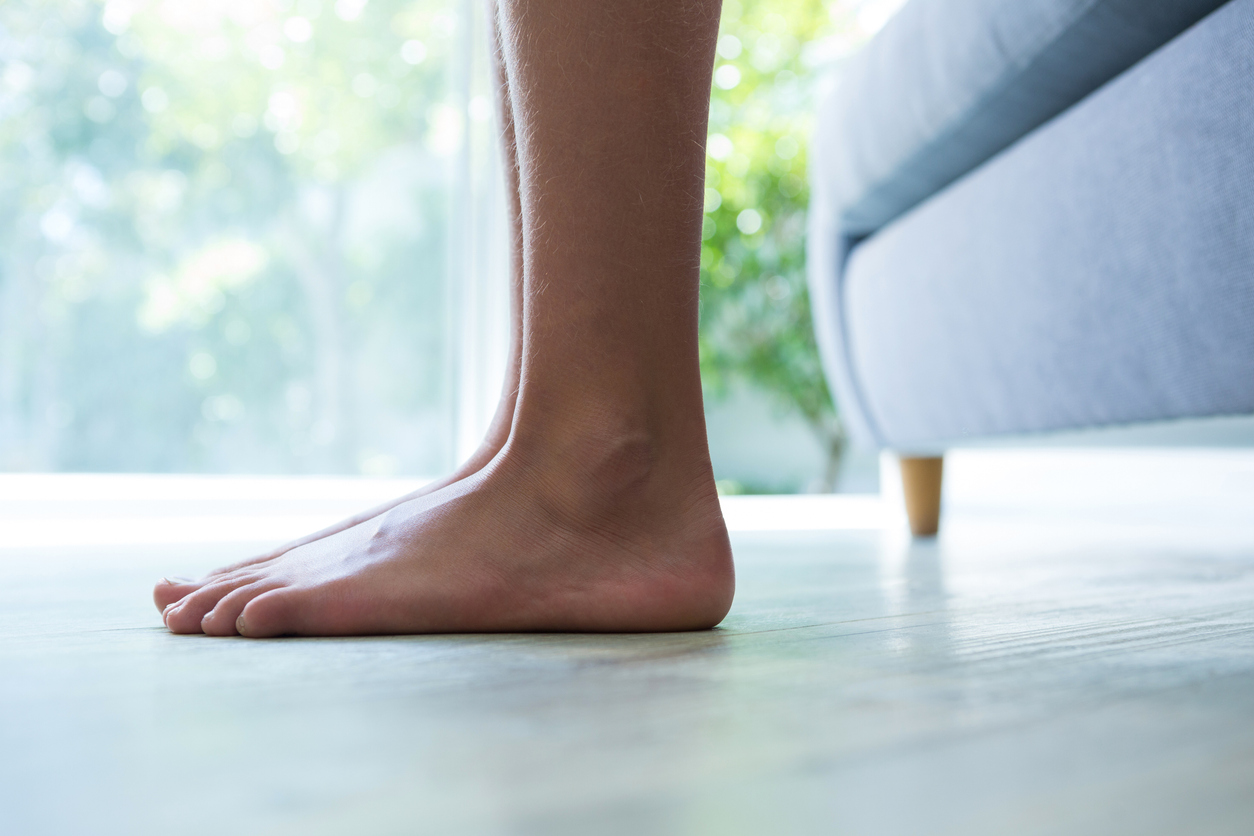Flat Feet
Flat feet is when the arches on the bottom of your foot are flat or non-existent, causing your soles to touch the floor when you stand. This can be apparent during childhood when the arches fail to develop. Although this condition can be painless in most situations, it can eventually contribute to other health concerns such as changing your leg alignment and causing ankle problems.
Symptoms
In some cases, pain and swelling can be present, particularly in older individuals. It may go away on its own, but you should see a doctor if you experience foot pain in your heel or sole that impacts your daily activities.
Causes
Flat feet are the result of the arch not developing properly during childhood. Flat feet are common in infancy and toddlerhood, but as the child develops, the arches should become present. If they do not develop, your child just has a normal foot variation and it shouldn’t impact their life too much. Some children experienced flexible flat feet which is when the arch becomes present when they sit or stand on their toes, but it disappears when they stand on the ground. Most children outgrow this variation of flat foot later on in life.
Your arches can also become lower over time because the tendon can become weak.
Injuries to the foot can also bring on flat feet.
Diagnosis
Doctors can easily diagnose flat feet by examining your feet from different angles when you stand. They may also ask you to stand on your toes to see if flexible flat foot is present. However, if you’re experiencing pain from having flat feet, your doctor may order different tests to rule out other conditions. These tests include:
X-rays: to rule out arthritis
Ultrasound: to rule out an injured tendon
Treatment
If no pain is present, no treatment is necessary, but some choose to have inserts in their shoes to provide a softer surface to walk on. These inserts are also beneficial for those that do experience pain. They won’t cure flat feet, but they do help lessen the symptoms.


Comments